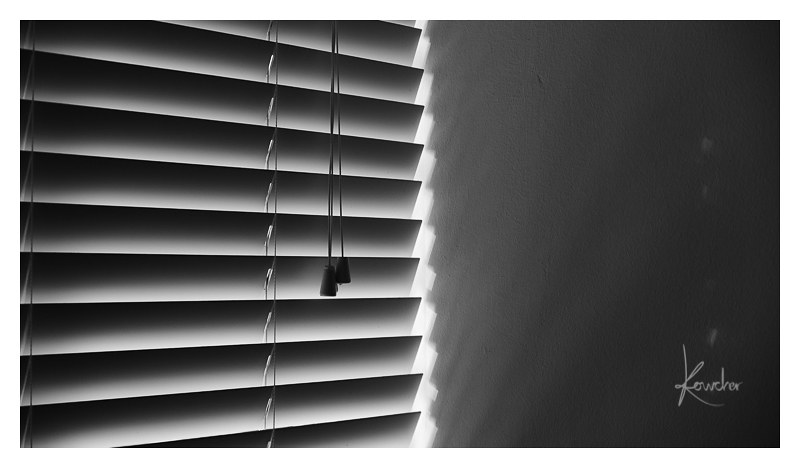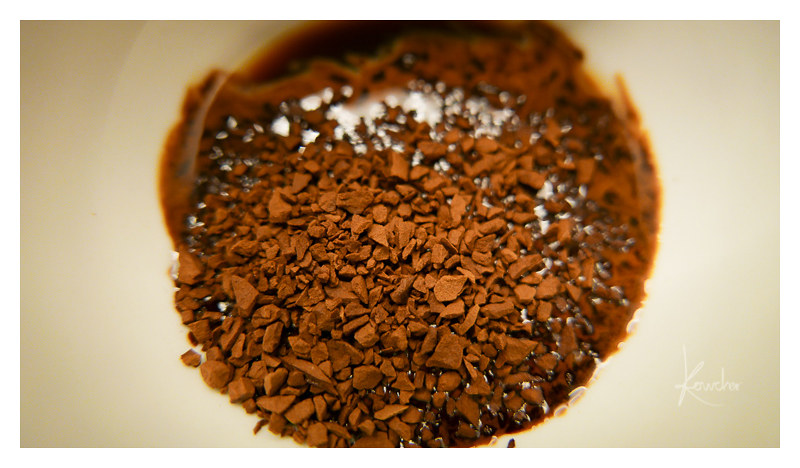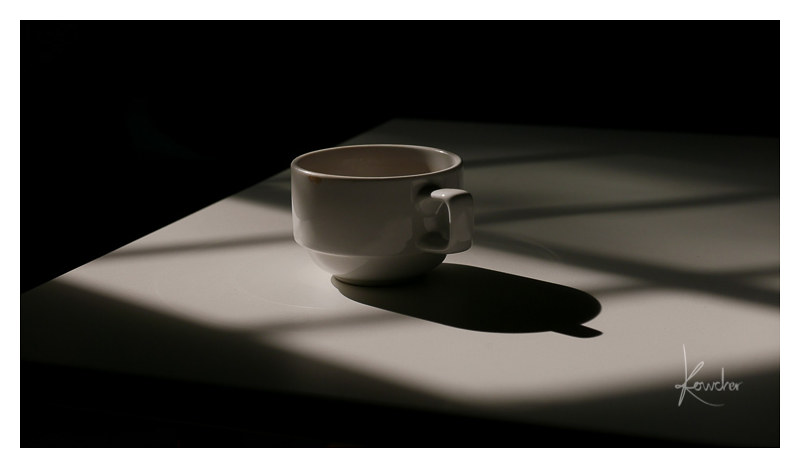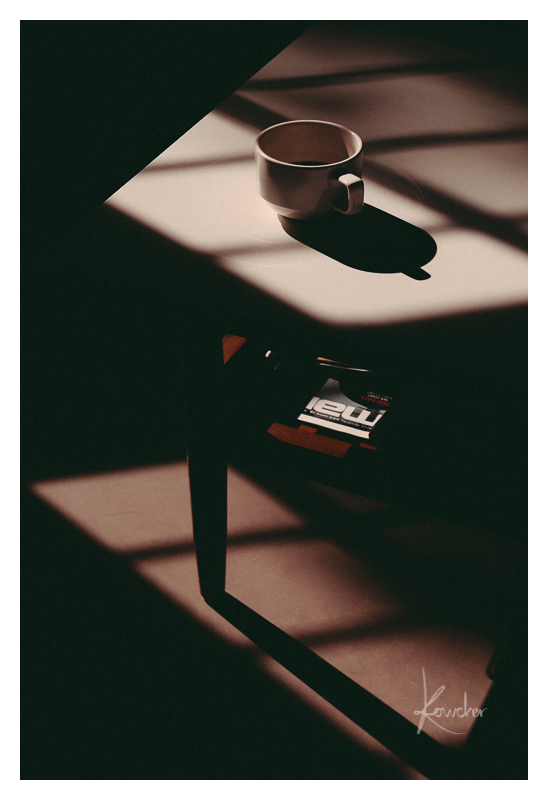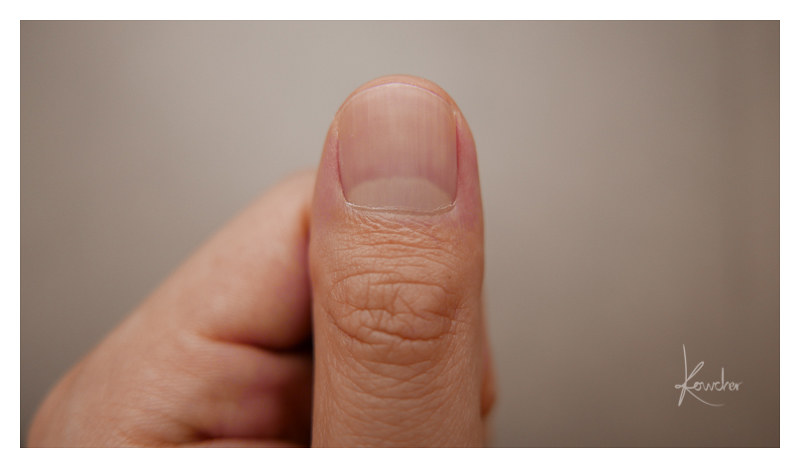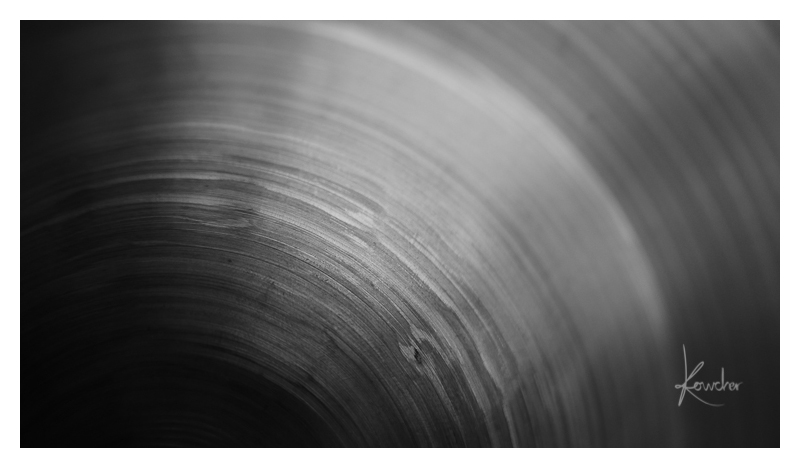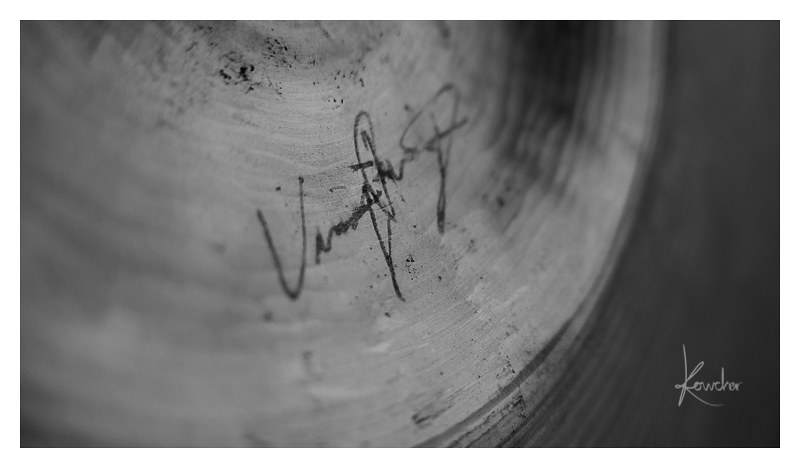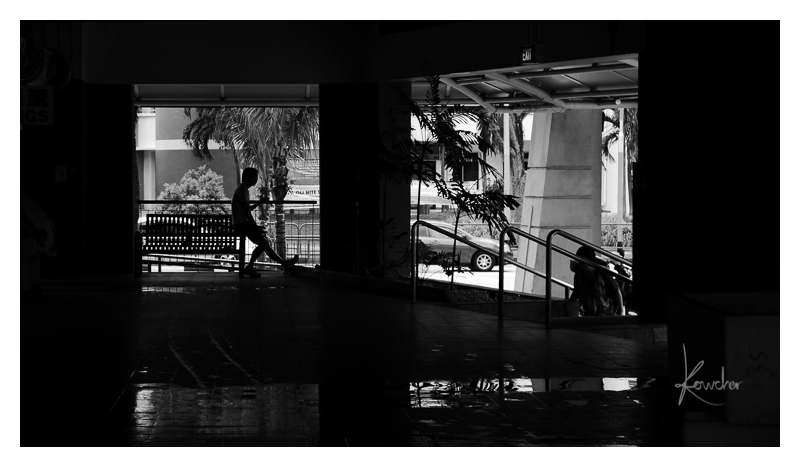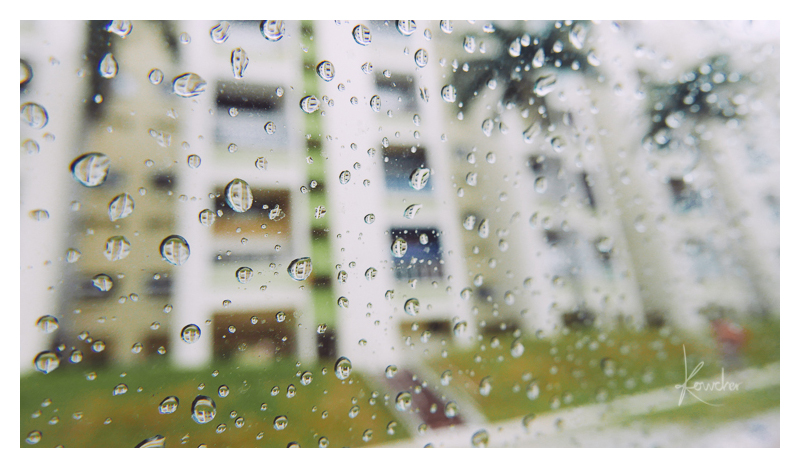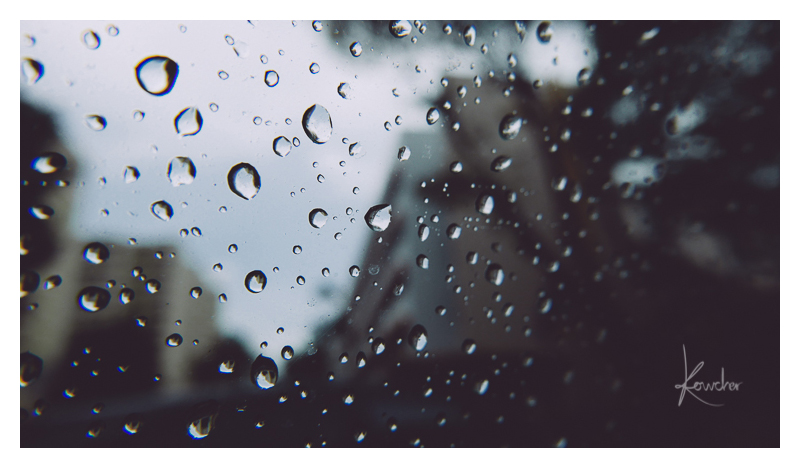Preamble
When Wonglp asked if I was interested to help review the LX100 for CS, I agreed with some hesitation. I'm the kind of person who finds writing brief item reviews on Amazon purchases a fairly tedious process, and have never reviewed a camera. However, the LX100 was something I had been personally interested about since its launch, and I guess my curiosity eventually overcame my doubts. Wonglp kindly gave me some pointers too.
I received the review unit last Monday, but fell ill that day, only recovered on Wed. Since I was stuck at home, I decided to make the most of it and explore the macro mode. Just in case anyone wonders why there appear to be quite a number of indoor/macro shots. Have been out a little bit more since, and will continue to add more images as I go along. To put this review in context, I've had the LX100 for 6 days so far. I did not want to rush into it, but took my time to explore the features and functions just like I would for a camera I purchased for myself. Consider this a evolving document. If my thoughts/opinions change, I'll update the review to reflect that. Feel free to pop any questions about the LX100, will try to check that out for you if I am able to.
Oh yes, I should mention that there will be no shots of charts, in-depth technical analysis, or serious pixel-peeping, as I have neither the expertise/equipment/time to indulge in all that. There are better sites for that anyway. I'm just a person who enjoys making pictures, and this review will reflect that.
Those who haven't seen it, do check out ed9119's earlier review of the LX100 for CS: Panasonic LX100 preview and review
-------------------------------------------------
LX100: A review
by kowcher / kandinsky
The DMC-LX100 (LX100) is the 6th generation of Panasonic’s LX high-end compact camera series. It makes its appearance with touches of classic styling, clearly influenced by the DMC-LC1, Panasonic’s first full manual compact digital camera released in 2004. 10 years on, we have the LX100.

LX100: A Review by Kowcher /001 by kowcher, on Flickr
Panasonic Press Release:
For the full specifications, check out Panasonic UK's product page: DMC-LX100 Specifications
When Wonglp asked if I was interested to help review the LX100 for CS, I agreed with some hesitation. I'm the kind of person who finds writing brief item reviews on Amazon purchases a fairly tedious process, and have never reviewed a camera. However, the LX100 was something I had been personally interested about since its launch, and I guess my curiosity eventually overcame my doubts. Wonglp kindly gave me some pointers too.
I received the review unit last Monday, but fell ill that day, only recovered on Wed. Since I was stuck at home, I decided to make the most of it and explore the macro mode. Just in case anyone wonders why there appear to be quite a number of indoor/macro shots. Have been out a little bit more since, and will continue to add more images as I go along. To put this review in context, I've had the LX100 for 6 days so far. I did not want to rush into it, but took my time to explore the features and functions just like I would for a camera I purchased for myself. Consider this a evolving document. If my thoughts/opinions change, I'll update the review to reflect that. Feel free to pop any questions about the LX100, will try to check that out for you if I am able to.
Oh yes, I should mention that there will be no shots of charts, in-depth technical analysis, or serious pixel-peeping, as I have neither the expertise/equipment/time to indulge in all that. There are better sites for that anyway. I'm just a person who enjoys making pictures, and this review will reflect that.
Those who haven't seen it, do check out ed9119's earlier review of the LX100 for CS: Panasonic LX100 preview and review
-------------------------------------------------
LX100: A review
by kowcher / kandinsky
The DMC-LX100 (LX100) is the 6th generation of Panasonic’s LX high-end compact camera series. It makes its appearance with touches of classic styling, clearly influenced by the DMC-LC1, Panasonic’s first full manual compact digital camera released in 2004. 10 years on, we have the LX100.

LX100: A Review by Kowcher /001 by kowcher, on Flickr
Panasonic Press Release:
The LUMIX DMC-LX100 with New Micro Four Thirds MOS Sensor and F1.7 LEICA DC VARIO-SUMMILUX Lens
Featuring 4K Video Recording Capability
To achieve even higher picture quality and multi-aspect capability, the LX100 incorporates the Micro Four Thirds High Sensitivity MOS sensor. It lets subjects stand out of the background impressively with a rich stereoscopic effect. By keeping the resolution at 12.8-megapixels*1, the amount of light is enough to improve the S/N ratio, making it possible to capture clear image with minimum noise even when shot at high ISO. The Venus Engine is also newly developed to feature multiple noise reduction systems such as Multi Process NR, Random Filter and Aperture Filter, to achieve high color reproduction and high image quality with natural description.
A newly developed LEICA DC VARIO-SUMMILUX lens (35mm camera equivalent: 24-75mm) boasts F1.7-F2.8 high speed and high descriptiveness in detail and resolution to each corner. It also produces stunningly beautiful defocus together with the large MOS Sensor. In addition, newly adopted 9-blade aperture diaphragm help produce bokeh with a smooth, circular shape. The versatile zoom range of 24-75mm (35mm camera equiv.) is suitable for wide-ranging photography to portraits. Notably, landscapes can be captured in dynamic 24mm ultra wide angle in any 4:3, 3:2 or 16:9 aspect thanks to the multi-aspect sensor.
The LX100 integrates a LVF (Live View Finder) with 2764K-dot equivalent high resolution and approx.100% color reproduction. This 16:9 Wide Screen LVF boasts approx.1.39x / 0.7x (35mm camera equiv.) magnification and 100% field of view. A variety of advanced functions are equipped with DMC-LX100 to spur potential of advanced photographers. It allows direct, intuitive control with dedicated rings and dials such as aperture ring, control ring, shutter speed dial or exposure compensation dial.
The LX100 is capable of smooth, high quality video recording not only in Full-HD 1,920 x 1,080 60p (NTSC) AVCHD Progressive (MPEG-4 / H.264) format or MP4 at 60p (NTSC) but also in 4K (QFHD 4K: 3840x2160, at 30 fps(NTSC) in MP4). With this 4K video recording capability, Panasonic is proposing a new way of photo creation called “4K Photo”. By grabbing a 3840x2160 8-megapixel equivalent image from the 4K video footage it is possible to capture the spur-of-the-moment which is often missed in still photography. This functionality is now easier with the newly added Hybrid Photography 4K Photo mode.
The LX100 is also superior in response. Featuring newly combined DFD (Depth From Defocus) technology made famous in the LUMIX GH4, not only accuracy but also speed is improved to achieve Light Speed AF of approx. 0.14 sec*2 to capture fleeting shooting photo opportunities. High speed burst shooting can be shot at 11 fps in full resolution. It also complies with max.1/4,000(mechanical) and 1/16,000(electronic) high speed shutter speed.
For more creative freedom, Creative Control (Filter), Creative Panorama and Photo Style are available. Notably, aperture and shutter speed can be adjusted while applying Creative Control filter, to further inspire the photographers’ creativity. The LX100 integrates Wi-Fi® connectivity (IEEE 802.11 b/g/n) with NFC (Near Field Communication) technology camera to offer more flexible shooting experience and instant image sharing with easy operation. More practical functions including Focus Peaking, Level Gauge, WB (white balance) bracket, highlight/shadow control are also equipped. Now LX100 can develop RAW images into JPEG in camera. A compact external flash (GN7/ISO100・m, GN10/ ISO200・m) that goes with the body color of the camera is bundled to be mounted on the hot shoe.
Other Features
External Flash (Bundled), Highlight / Shadow Control, RAW data development in Camera, Focus Peaking, Level Gauge, Multi-Aspect Bracket, WB (White Balance) Bracket, iA (Intelligent Auto) Mode for Photo and Video
via: http://bit.ly/1sz6lQV
For the full specifications, check out Panasonic UK's product page: DMC-LX100 Specifications
Last edited:





